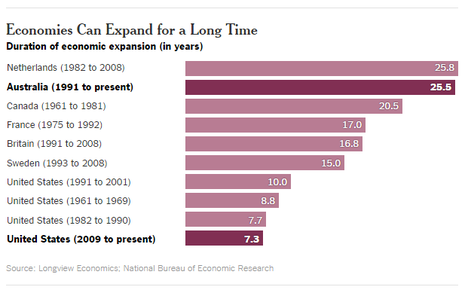(p. B8) For nearly a decade, Amazon Web Services, the giant retailer’s cloud computing division, has told prospective customers: Ditch your data center and trust us to run your applications, store your data and host your internal software development.
Yet Amazon.com Inc. itself doesn’t fully run in the cloud.
Amazon isn’t alone. The other top cloud providers– Google Inc., Microsoft Corp. and International Business Machines Corp.–use their own cloud services for some purposes, but they continue to keep certain functions on private servers. Their struggles are a microcosm of the issues that dog their customers: Worries about reliability, security and risks inherent with change that have made it hard to move critical computing tasks to the public cloud.
“The vast majority of Amazon.com runs on AWS,” a company spokesperson said, and it intends to run everything there eventually.
The fact that Amazon still uses private servers is “ironic,” said Ed Anderson, an analyst with Gartner, which advises customers on both cloud services and data center servers. “That’s exactly why we tell people evaluating cloud services, ‘Do not buy into the hype. Do not buy into the myths. You have to be pragmatic, just like these vendors are,'” he said.
For the full story, see:
ROBERT MCMILLAN. “Companies Touting Cloud-Computing Don’t Always Use It.” The Wall Street Journal (Weds., Aug. 5, 2015): B8.
(Note: the online version of the story has the date Aug. 4, 2015, and has the title “Cloud-Computing Kingpins Slow to Adapt to Own Movement.”)


